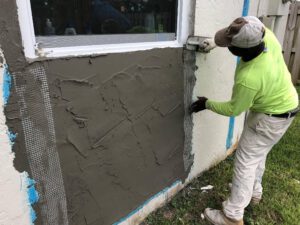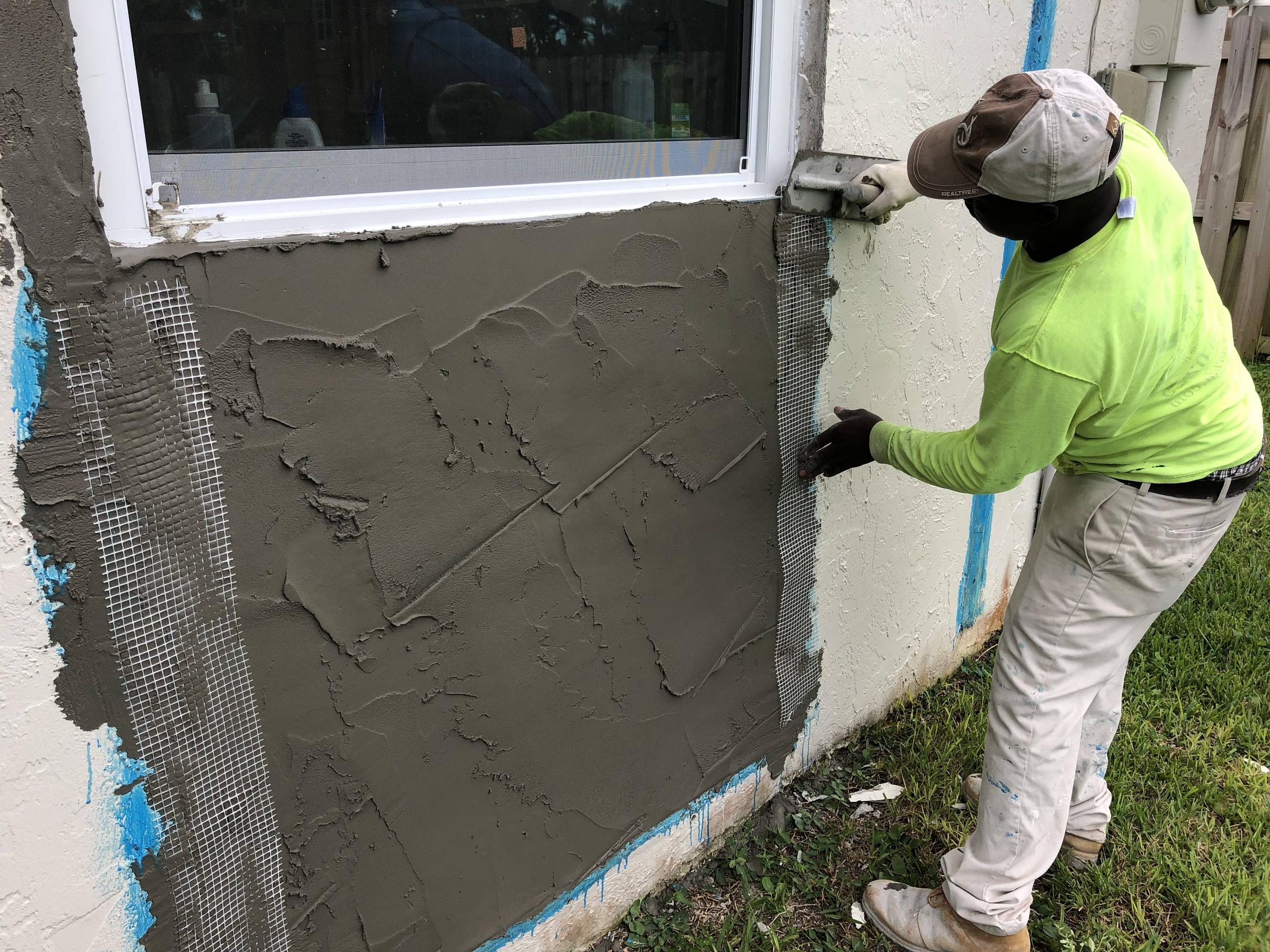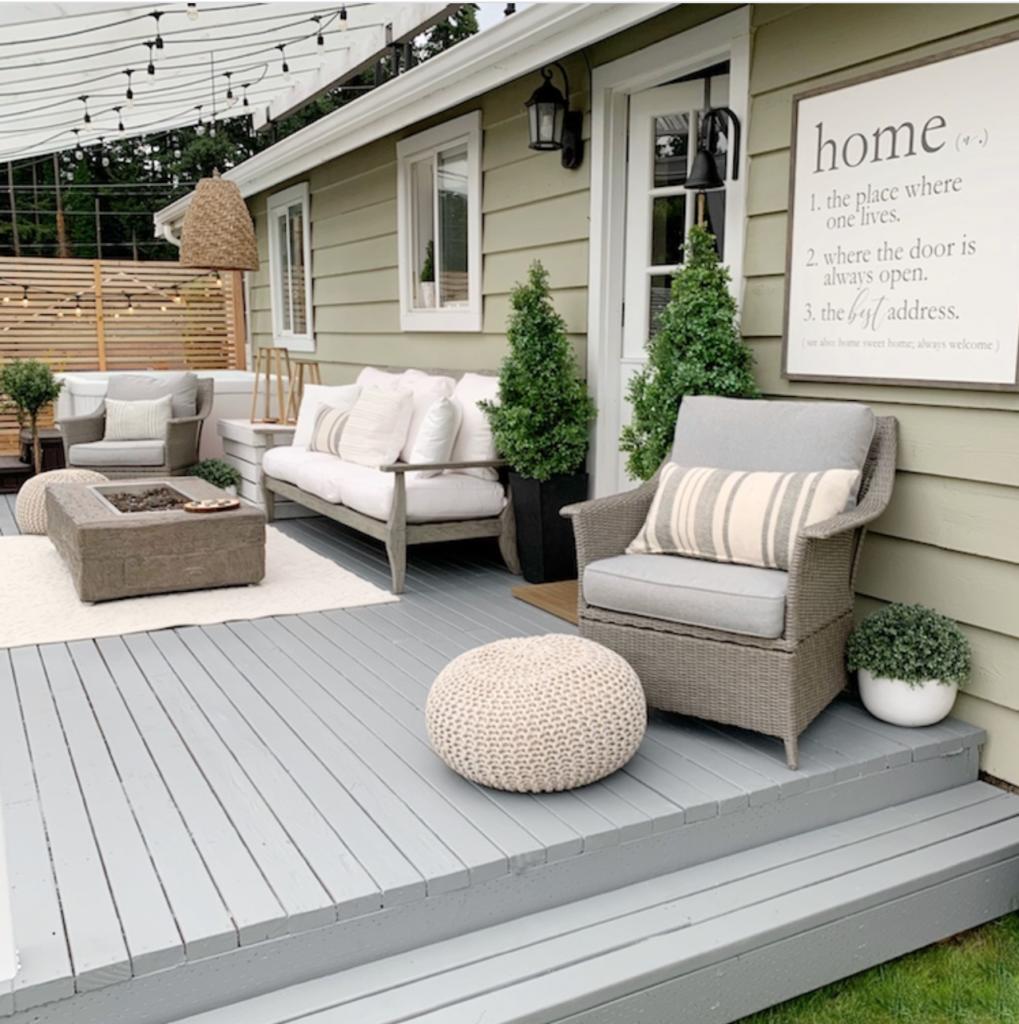If you’re ready to add stucco to your home, there are a few things you should know before you begin. It’s important to understand the installation process, as it varies depending on your house’s underlying structure.
You should also check local building codes before you start the stucco project. This will help you determine the type of system you need to use. However, if you want to have no hassle with your installation, you can contact the experts at Stucco Repair Philadelphia.
Before you can begin applying stucco to your wall, you must first prepare it. This includes removing old stucco and repairing any cracks or holes in the surface. This will help the new stucco adhere better to the wall and prevent it from cracking, delaminating or buckling.
You should also remove any dirt or debris from the wall before you start the project. Then, you should thoroughly wash the wall with a power washer or a mixture of equal parts vinegar and water to help improve bonding between the stucco and the substrate.
After you clean the wall, you should apply a layer of cement and sand mixture to it in lines. This process, called the scratch coat, helps the next coat (the brown coat) stick to it properly. Then, you should let it cure to ensure that the entire stucco system adheres properly.
This is the most important step in the stucco process, and it will give you the best results. The mix should be made up of 1 part cement material and 2 1/4 to 4 parts sand. Plastic cement, which has been mixed with lime, is usually the easiest to work with. Combine this with plaster sand from a dry material yard.
Alternatively, you can use a combination of coarse and fine sand that has been blended into a paste in the ratio of 3 to 5 kg per cubic meter of coarse sand. The sand should be free from rust and dirt.
Once you have the stucco mix on your wall, you should use a tool called a “darby” to make horizontal lines. This is an easier way to get the stucco to adhere to the wall.
To finish, you should apply a thin decorative finish coat to the wall. This will help add texture and color to your stucco. If you want to paint the exterior, you can do, so after this final layer is applied.
You should also install weep screeds along the bottom of your walls to allow moisture to drain from behind the stucco. In addition, you should secure trim accessories such as casing beads to create clean edges and corners. You can fasten these pieces with galvanized nails or staples.
Stucco is backed by metal lath and building paper (tar paper), which acts as an airspace that helps to prevent water from getting in. This is especially important in wood-frame walls, since stucco often soaks up and holds a lot of moisture that can leak into the sheathing or wall cavity.
The most common underlayment for traditional three-coat stucco is Grade D building paper. It is a kraft-type paper that has water-resistance ratings of 20 to 60 minutes, depending on its thickness. This material is similar to the backing on fiberglass insulation, but it is made of new wood pulp instead of recycled material.
In addition to its insulating properties, Grade D building paper is also used as a drainage plane between the stucco and the metal lath. This helps to prevent water from leaking under the stucco and into the sheathing, which can cause the sheathing to warp.
If you live in an area with a significant amount of rain, the building code requires that two layers of Grade D building paper be used for underlayment. The first layer should be installed about 7/8 inches thick over the metal lath to form a drainage plane that allows water to drain out of the weep screed at the foundation, which is then topped with the second layer of paper.




